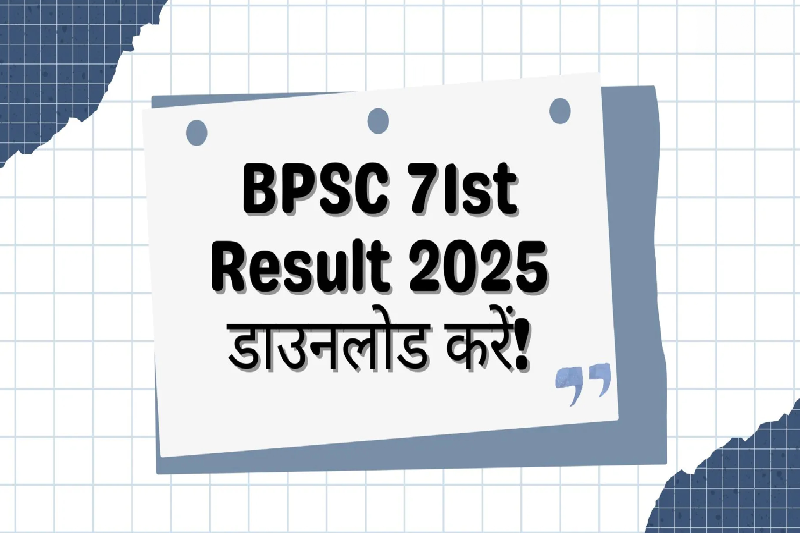
Trump’s Education Shift: For-Profit Colleges Poised for a Powerful Comeback
The U.S. higher education system is experiencing a dramatic transformation under President Donald Trump’s new education policies. With proposals to cut funding from elite universities like Harvard and redirect it to trade schools and for-profit colleges, the administration is embracing a skills-first model of learning. While this approach promises rapid career training and alternative pathways, it also raises critical questions about quality, regulation, and student outcomes.
Funding Priorities Shift Away from Elite Universities
President Trump’s proposal to redirect federal research grants from elite institutions to trade schools marks a symbolic and strategic shift. Although he lacks the authority to unilaterally reallocate the $3 billion in research funding appropriated by Congress, the message is clear: the administration supports practical, career-based education over traditional academic prestige.
This realignment is aligned with the broader Republican agenda and is likely to benefit for-profit education providers significantly.
Workforce Pell Grants: A Boon for For-Profit Colleges
A key element of Trump’s education reform is the introduction of workforce Pell grants through the House-passed “One Big Beautiful Bill Act.” These grants will now be available to students enrolling in 8–15 week workforce training programs, expanding access to short-term learning.
Key Changes:
- Programs must be state-approved, but accreditation is not required.
- This lowers the barrier for for-profit institutions to access federal aid.
However, Michelle Dimino, Director of Education at Third Way, warns that quality standards are weak. Programs only need to achieve:
- 70% completion rate
- 70% job placement rate
These thresholds can be easily gamed. Some colleges may simply enroll students who are already employed to inflate placement numbers, making federal investment vulnerable to exploitation.
Relaxed Accreditation Rules and Pro-Industry Appointments
The administration is also working to overhaul the accreditation process, which determines eligibility for federal funds. A notable move in this direction is the nomination of Nicholas Kent, a former lobbyist for the Career Education Colleges and Universities (CECU), as Under Secretary of Education.
Kent’s nomination has passed the committee stage and awaits a full Senate vote. His deep ties to the for-profit education lobby signal a sympathetic stance toward deregulation and private education enterprises.
Wall Street Bets Big on For-Profit Education
Trump’s policies have sparked a market rally in the for-profit education sector. According to Jeffrey Silber, Senior Analyst at BMO Capital Markets, stocks have surged since Trump’s election:
- Adtalem Global Education: up 61%
- Perdoceo Education Corporation: up 46%
The spikes reflect investor confidence in a policy environment favorable to career education.
Meanwhile, CECU publicly praised Trump’s strategy, stating:
“The best way to support trade schools is to reduce the regulatory burden facing private career schools while increasing funding that allows students to choose the highest quality school.”
Concerns Over Student Outcomes and Oversight
While funding and flexibility are increasing, student advocacy groups and researchers are sounding alarms. Michael Itzkowitz, founder of The HEA Group, notes that 59% of certificate-granting institutions leave graduates earning less than $32,000 annually—barely above the earnings of a typical high school graduate.
Regulatory Rollbacks Include:
- Elimination of the gainful employment rule, which linked aid to job outcomes.
- Loosening of the 90/10 rule, which capped federal revenue for for-profit schools.
- Weakening of borrower defense protections, which allowed students to cancel their loans if schools defrauded them.
These rollbacks risk opening the door for predatory practices similar to those seen in the past, including the notorious collapse of Corinthian Colleges.
Experts Warn of Repeat Abuses
Critics like Michelle Dimino have expressed concern that the current expansion mirrors past mistakes:
“Every time for-profit colleges have been given access to more federal aid, abuses have followed.”
Without robust safeguards, the influx of funds could be misused by low-quality programs, leaving students with debt but no viable career prospects.
Economic Uncertainty Could Drive Enrollment
In a volatile job market, for-profit colleges may be seen as a “defensive investment,” offering rapid retraining and flexible course options. As traditional employment paths fluctuate, more students may turn to short-term, skills-based programs—even if long-term earnings remain questionable.
Conclusion: Opportunity with a Caveat
The Trump administration’s policies provide clear incentives and reduced barriers for for-profit colleges to thrive. Between new workforce Pell grants, relaxed accreditation standards, and sympathetic leadership, the sector is well-positioned for a resurgence.
However, this potential comes with significant risks to students and taxpayers. Without strong quality controls, the U.S. could witness a repeat of the past: billions in federal aid spent on programs that don’t deliver real value.
As the education system evolves, the challenge lies in striking a balance between opportunity and accountability and ensuring that career education genuinely leads to career success.


